1. Enormous Refrigerators
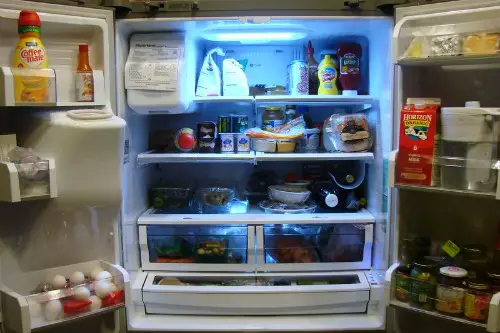
Step into most American kitchens and you’re likely to spot a refrigerator that’s about the size of a small closet. Many foreign guests are amazed at how much food it can hold—milk gallons, family-size ketchup bottles, and frozen pizzas for weeks. In much of Europe or Asia, fridges are smaller, and frequent grocery trips are just part of the lifestyle. The American version, though, is built for bulk shopping and Costco hauls.
What’s more, these fridges often come with built-in ice and water dispensers, a novelty to many. Some even have digital screens or smart features that track expiration dates. For people used to more minimalist kitchens, this feels more like a spaceship than a cooling unit. The American obsession with refrigeration is a cultural quirk rooted in car-based living and fewer trips to the store.
2. Garbage Disposals in the Sink
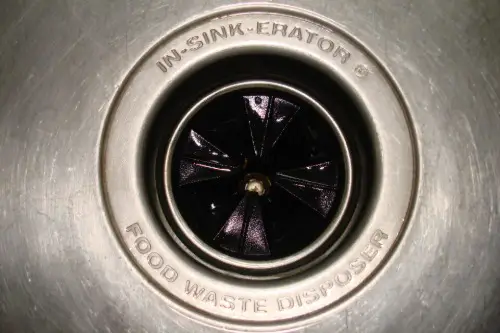
One of the first things that makes foreign visitors do a double-take in an American kitchen is the garbage disposal. This under-sink grinding machine swallows leftover food scraps with a flick of a switch. While common in the U.S., these are illegal or rarely used in many countries due to plumbing regulations and environmental concerns. In fact, they’re banned in some parts of Europe, like most of the U.K., because they can strain older sewer systems.
Visitors often hesitate to even put their hands near one, worried they might lose a finger. The loud crunching sound doesn’t help—it feels like something out of a horror movie. Plus, in countries where composting or sorting food waste is the norm, tossing scraps down the drain feels downright rebellious. It’s a gadget that screams convenience but leaves others scratching their heads.
3. Air Conditioning That’s Always On

Central air conditioning is a summertime staple in the U.S., especially in hotter states—but it’s surprisingly uncommon in many parts of the world. Foreign guests are often stunned at how cool American homes are kept, even when it’s not scorching outside. In countries like the U.K., Germany, or Japan, AC tends to be a luxury or used sparingly to save energy. Americans, on the other hand, often set their thermostats around 68–72°F (20–22°C) without thinking twice.
This leads to the classic “bring a sweater” advice for indoor outings, even in July. Some visitors find it downright uncomfortable, like stepping into a walk-in freezer from a sunny street. The preference for year-round indoor climate control reflects deeper values around comfort, control, and big energy budgets. It’s a chilly surprise for many first-time guests.
4. Wall-to-Wall Carpeting
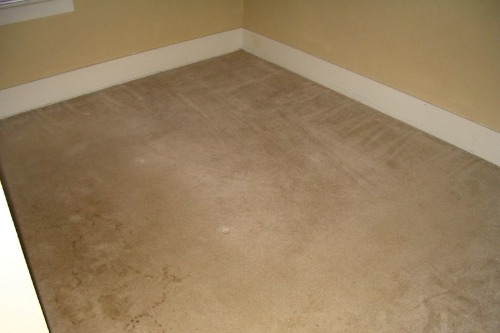
Another thing that catches foreign eyes (and feet) is the widespread use of wall-to-wall carpeting in American homes. It’s especially common in bedrooms, living rooms, and sometimes even bathrooms, which can be baffling. In many other countries, tile, hardwood, or laminate is preferred for cleanliness and durability. Carpet is seen as harder to clean and a magnet for allergens.
Visitors from Asia or Europe often instinctively remove their shoes at the door, only to be told, “No need—it’s fine.” That’s a cultural clash, since in many places, shoes inside is a hygiene faux pas. The plush comfort of carpeting does appeal to many Americans, but to others, it feels like a maintenance nightmare. It’s one of those things that feels normal if you grew up with it—but strange if you didn’t.
5. Walk-in Closets That Could Be Bedrooms
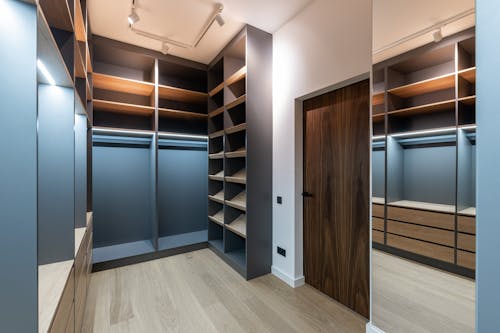
Walk-in closets in American homes often elicit a gasp—sometimes because they’re larger than city apartments in other countries. These spacious wardrobe rooms can house rows of clothes, shoe collections, and sometimes even vanity setups. In places like Japan or France, storage is much more compact, with multifunctional furniture and shared wardrobe space. The idea of dedicating an entire room to clothes feels like a luxury bordering on excess.
Foreign guests might peek inside expecting a coat rack, only to find what looks like a mini boutique. It reflects a culture that values space and consumption—why not have 20 pairs of shoes if you have room for them? Walk-in closets are also tied to American housing norms, where square footage tends to be larger. Still, they’re a jaw-dropping surprise for anyone used to tiny wardrobes or shared drawers.
6. Bathroom Layouts with the Toilet in Full View
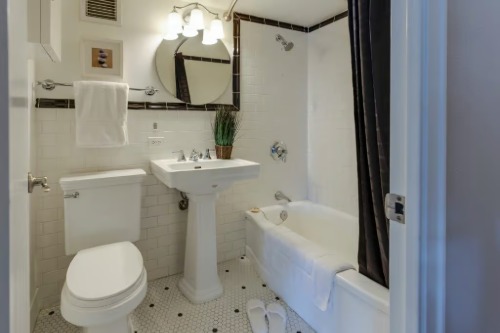
In American bathrooms, it’s totally normal for the toilet to be in the same open room as the sink and shower. That layout is not universal—many countries, especially in Europe and parts of Asia, separate the toilet into its own small room or “water closet.” This design allows for more privacy and hygiene when multiple people need to use the facilities. But in the U.S., one-room-fits-all is the norm, especially in homes built post-1950.
For foreign visitors, this setup can feel a bit exposed, especially in shared accommodations. It’s not uncommon to hear them ask why the toilet isn’t sectioned off. Some hotels and newer homes in the U.S. have started adding separate toilet rooms, but it’s still relatively rare. The American bathroom is a utilitarian space, but its open format can be a cultural curveball.
7. Laundry Machines Inside the House
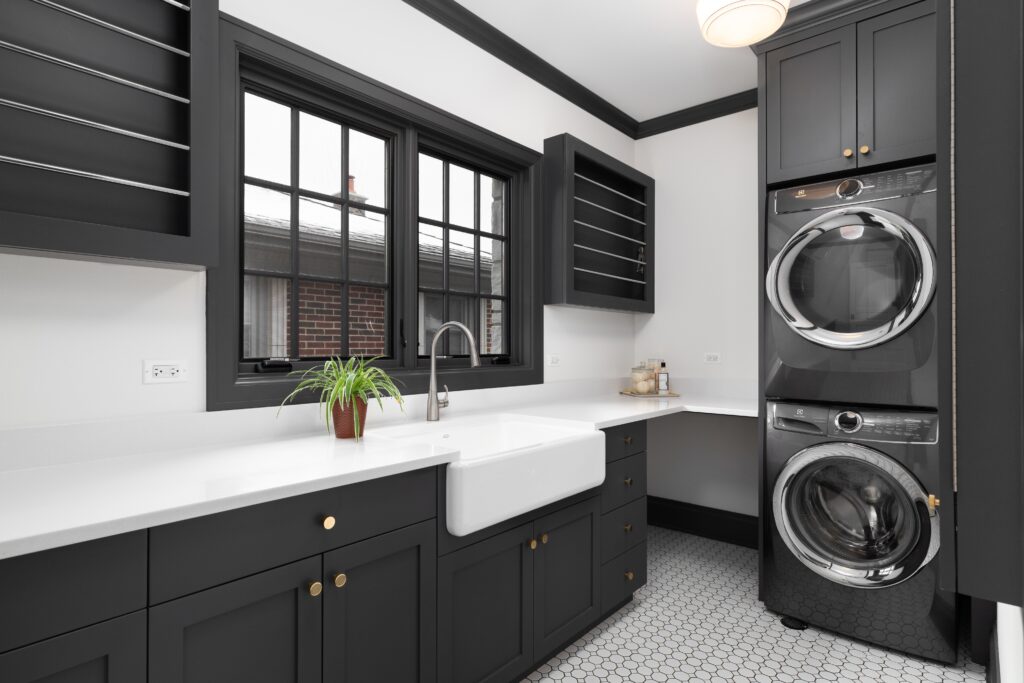
In many American homes, the washer and dryer are inside—in a hallway closet, kitchen nook, or even a master bathroom. That’s not always the case elsewhere, where it’s common to have shared laundry facilities or machines located on balconies. In parts of Europe or Asia, limited space and older infrastructure make in-unit laundry a rare perk. Americans, however, tend to see it as a basic home necessity.
Foreign guests often notice how massive these machines are too—oversized drum, high capacity, and usually a matching set. Dryers in particular are a surprise, since many countries rely on hanging clothes outside or using indoor drying racks. The American emphasis on speed and convenience shows up clearly in this household setup. It’s one of those behind-the-scenes luxuries that visitors quickly realize they miss.
8. Multiple “Living Rooms” for No Clear Reason
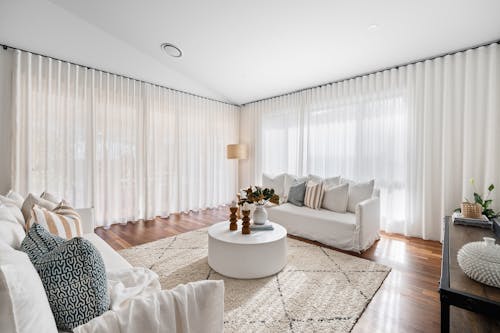
Many American homes have not just one, but two or even three living spaces—a formal living room, a family room, and sometimes a basement hangout. Foreign guests often ask: why so many couches and TVs? In countries with smaller homes or more communal city living, a single shared space is more than enough. But American floor plans often divide up these areas based on function and formality.
The “formal living room” may look pristine and go unused for months, which can be especially confusing. Visitors might wonder if they’re breaking rules by sitting there. Meanwhile, the family room hosts daily life, clutter, and TV marathons. This kind of space abundance is tied to larger homes and a culture that values entertaining—even if those rooms stay mostly empty.
This post 8 Things in American Homes That Baffle Foreign Guests Instantly was first published on Greenhouse Black.
